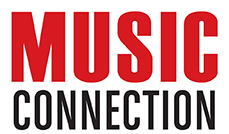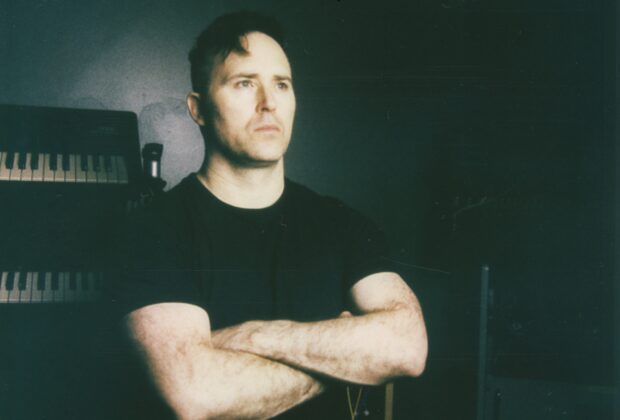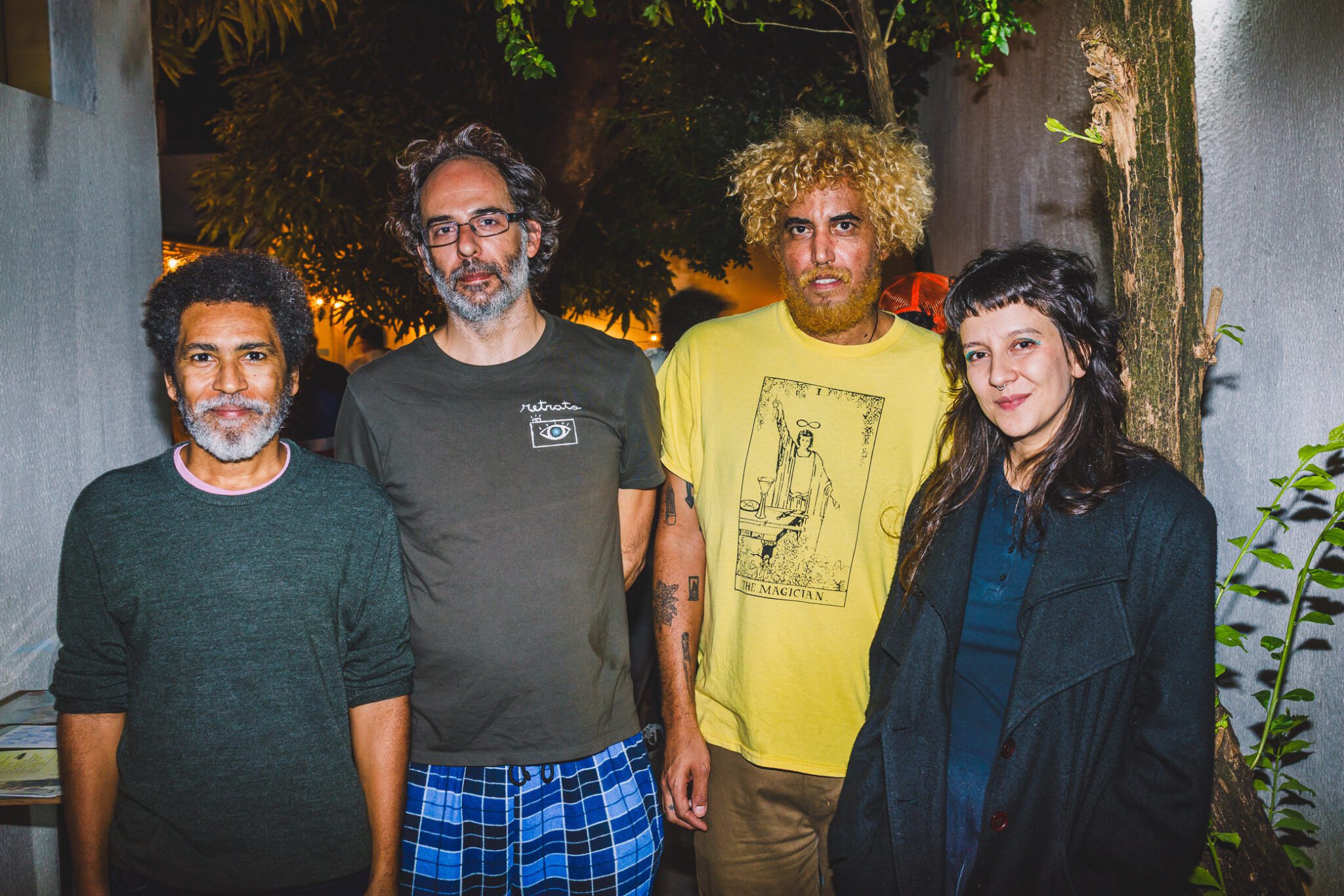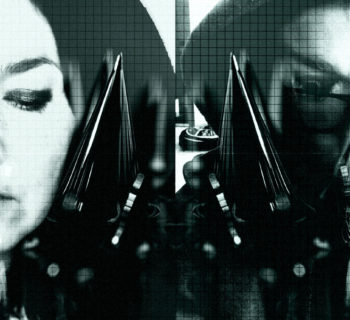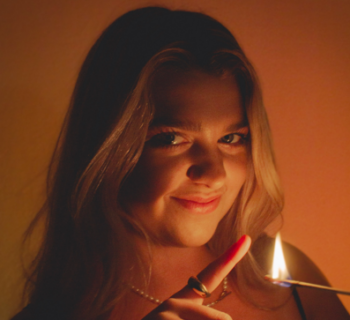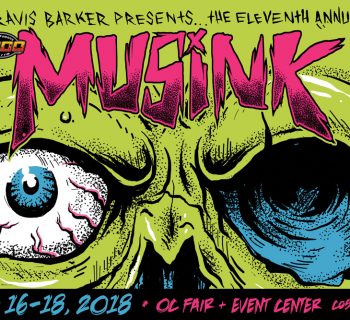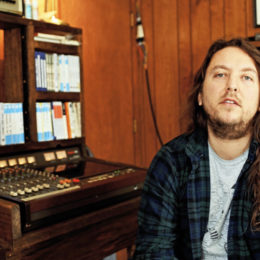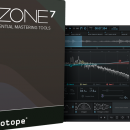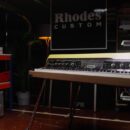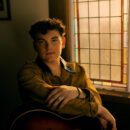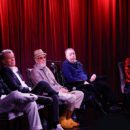Tyler Bradley Walker, one half of experimental rock-electronic group Gone to Color, told us about his love for his Prophet 5 synthesizer.
Tyler Bradley Walker: My favorite piece of gear I can’t do without is the Prophet 5 synthesizer. This is the sound of my youth. It’s Tears for Fears, Peter Gabriel, John Carpenter, Radiohead, and more. It has a large sweet spot, does a lot of things well and some things extraordinarily well. If I enter the studio and I’m having a difficult time coming up with ideas or executing those ideas the Prophet has a way of inspiring performances that I’m not going to get from a menu-heavy wavetable synth or a computer. You can hear it on our song (Gone to Color) “Suicide” in the choruses. The song is full of analog synths, but the Prophet’s fullness and warmth set things off in a nice way. I tried to avoid the Prophet for my solo record The Sun the Moon the Earth and Me. I wanted to free myself from the bondage and ended up using several other synthesizers like a Dx7, Studio Electronics synthesizers (I have four), a few Korgs, and a Yamaha TG33 among others. It’s debatable but I think the Prophet could cover those bases as well. What I appreciate the most about this instrument, like a great guitar, is that it seems to cut through the banality of the compositional process.
The more philosophical answer is that many of us view the studio as a tool itself—we need to immerse ourselves in it. We “play” the studio. Studios must have a range of timbral options available, and artists have learned, both your traditional pop/rock band and sometimes the average composer/electronic musician, that there are proven, indispensable tools that offer specific tonal qualities which have been used for decades to make great records. If you’re recording musicians or producing music it’s helpful to have a range of options and with the sacred expectations of rock music, specifically, I’d argue that options are essential. We all know what the Lexicon 480L reverb sounds like because it’s been on countless records since 1988. And it always sounds better than your plugin. Once studios began incorporating a range of important technologies for their clients, they became more competitive by offering unique, one-of-a-kind devices that were creations or modifications by the in-house technician or esoteric devices you would only find at that specific studio. For example, producer Sylvia Massy’s broken Federal compressor which she keeps around because it makes a cool sound and is unique to her studio. A couple of devices that almost made the list are my broken OTO Biscuit and Kawai XD-5 drum machine. For my money, the thing I can’t do without is the inspiring aesthetic and atmosphere of a well-equipped studio that invites you to experiment or pick up a device you haven’t used before. I would want a Shure Level-loc or one of its iterations like the Standard Audio Level-or in my studio. I love the Level-or for parallel distortion. If it’s an electronic music centric studio the iconic sound of the Korg MS-20 filter, or one of its iterations like my Frostwave Resonator, would be in the cards. What about something as esoteric as a Dynachord CLS to run vocals through when you don’t have a Leslie cabinet available or the Dolby A-type 361 trick? While limitation is a great exercise, I found that having a lot of ingredients around forced me down paths I wouldn’t have taken otherwise on The Sun the Earth the Moon and Me.
Tyler Bradley Walker's solo album The Sun The Moon The Earth and Me is out now.
Photo credit: JC Reams
